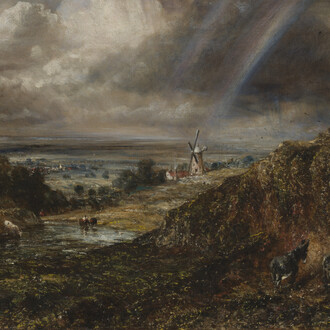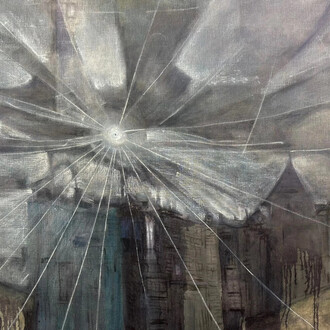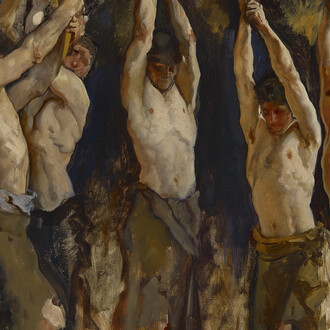Based upon fascinating scientific research that demonstrates how susceptible we are to false memories, A.R. Hopwood’s The False Memory Archive features new collaborative artworks and a unique collection of vivid personal accounts of things that never really happened. Including a series of large-scale photographs of damage caused to the walls of the Museum by previous art exhibitions and featuring an exchange with a fictional security guard, the project evocatively reflects on the way we creatively reconstruct our sense of the past, while providing insight into the often humorous, obscure and uncomfortable things people have misremembered.
The exhibition also features new site-specific works made at the museum, including looped night-vision video footage taken from the inside of Freud’s personal lift and a film of a FaceTime conversation between two actors who have memorised a number of false memories submitted by the public to the archive. The site of Freud’s former home in Hampstead – an atmospheric interior that evokes a seductive memory of his life and work – has provided the most potent of contexts for a project that seeks to explore the veracity of our own autobiographical memories.
Hopwood has collaborated with psychologists to revisit key experiments, reflecting on the history and consequences of this provocative field of memory research including with Professor Elizabeth Loftus (University of California) and Professor Christopher French (Goldsmith’s College). The works collectively explore where the truth lies in a ‘false’ recollection, while questioning how a blend of fact and fiction can be used to challenge assumptions about memory.
At a parallel exhibition at Carroll/Fletcher’s new project space (6 June - 12 July 2014) will be a series of works developed by Hopwood in collaboration with experimental psychologists, members of the public and a cast of fictional characters that reflect on the history and consequences of false memory research. The False Memory Archive examines what role artists can play in representing scientific information to the public, whilst presenting research into false memory as a potent signifier for our times.



















